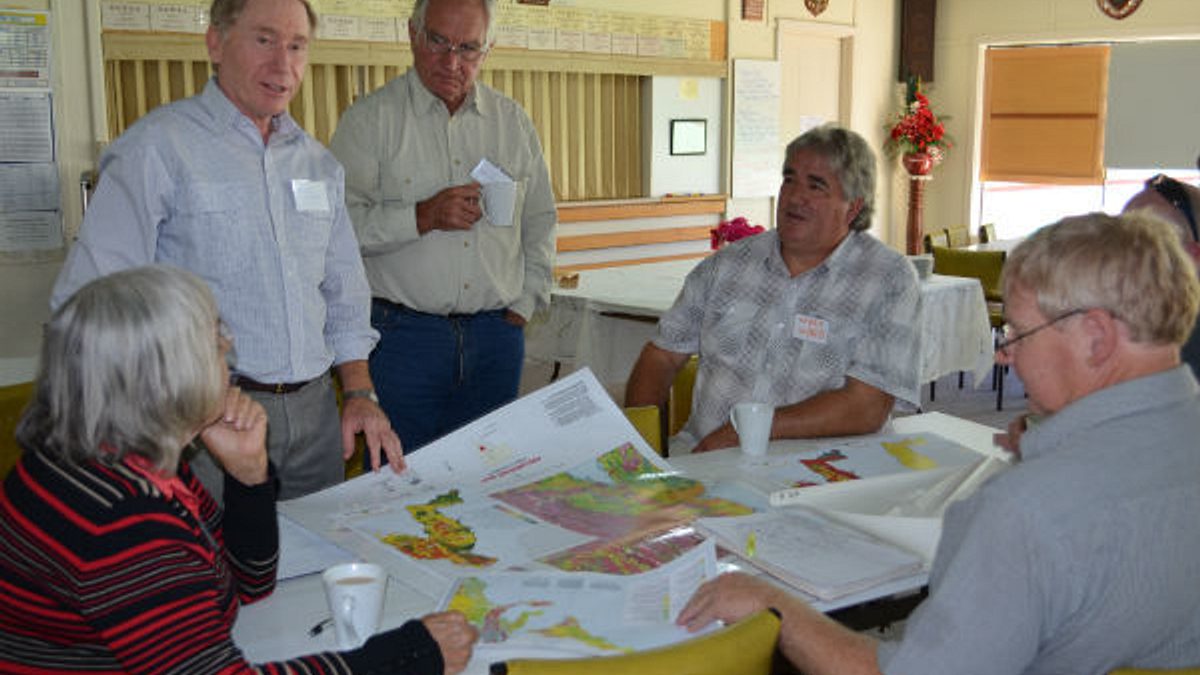Community action planning - a landscape approach
The Community Action Planning (CAP) Framework was developed by The Nature Conservancy in the USA as a tool to plan, implement and measure the effectiveness of conservation projects.
CAP provides a systematic approach to managing landscapes and helps us determine where we should focus our attention, what we need to do, how we should do it and, after we’ve taken action, how successful our efforts have been.
One of the main aims of CAP is to redirect projects from small sites (tens or hundreds of hectares) to conserving and preserving large landscapes (hundreds of thousands of hectares) that can sustain biodiversity at a regional scale.
In the Northern and Yorke region, we use the CAP planning framework to develop strategies for conserving our soil, water and biodiversity assets. Using a common planning framework will allow for developing holistic management plans in the future.
Northern and Yorke's biodiversity plans
Mid North Horizons Biodiversity CAP
Living Flinders Biodiversity CAP
Naturally Yorke Biodiversity CAP
Upper Yorke Biodiversity CAP
Working together to achieve results
Connecting with the community is a core part of CAP projects. In the context of CAP, the term community doesn’t just refer to where people are physically located; it also encompasses people with a shared interest in caring for our landscapes.
Community members have a strong understanding of the conditions and issues facing their local environment. As such, they have skills and knowledge that are vital for the CAP process, so collaboration is key. Conservation planning workshops have proven to be a great way to bring community members together to share their knowledge and identify landscape preservation opportunities.
How a landscape conservation plan develops
The major steps in developing an action plan are:
- identifying connected landscapes, based on ecological, physical and social commonalities
- identifying significant assets, such as ecosystems, native species, soil type, river catchments and ground water basins
- analysing the health of the assets and the threats they face
- developing measurable objectives for how the assets are going to be conserved in the long-term
- developing strategies, action steps and programs to achieve the objectives
- developing a monitoring and evaluation program and an adaptive management framework to establish the success of the plan.


